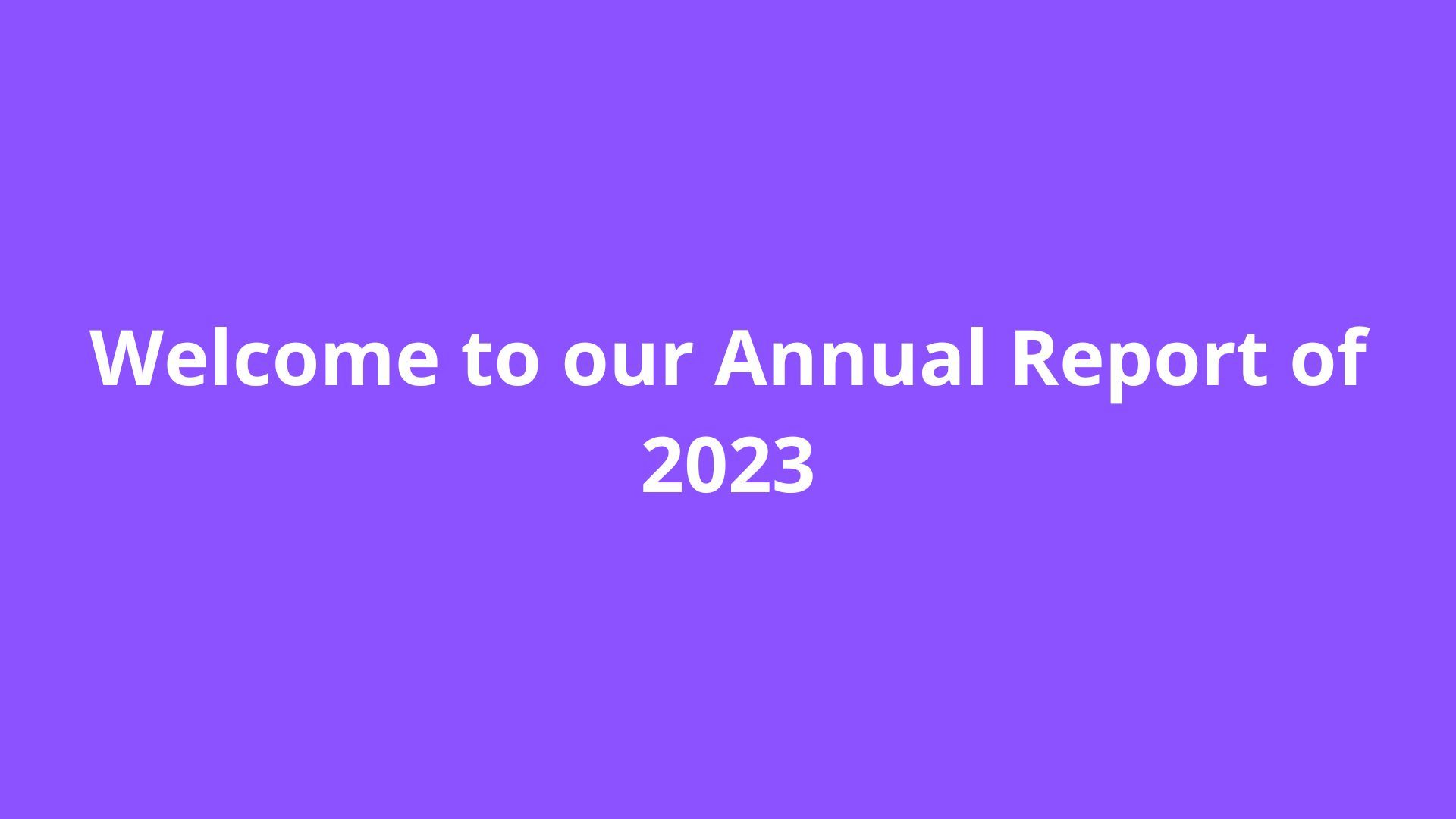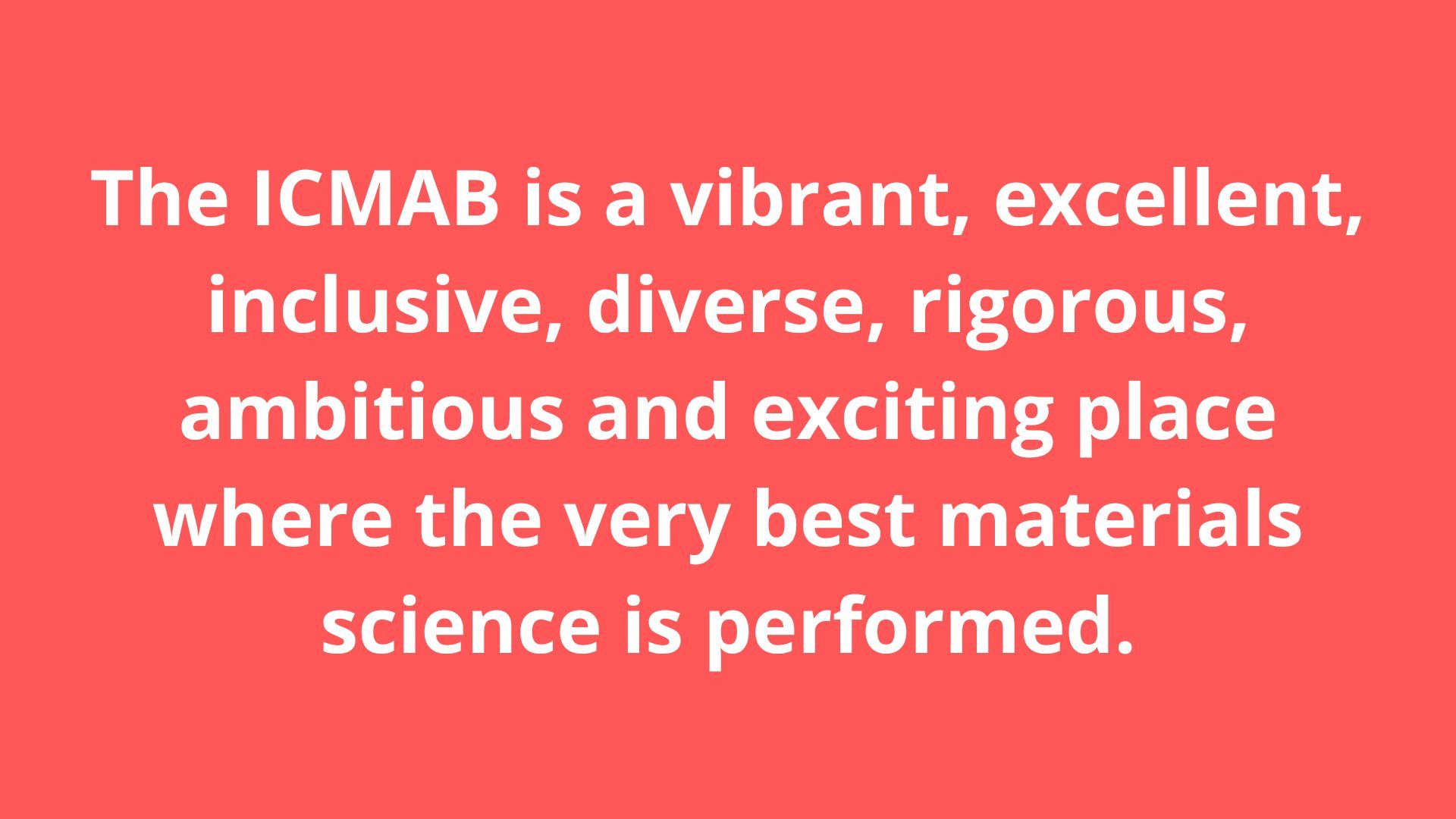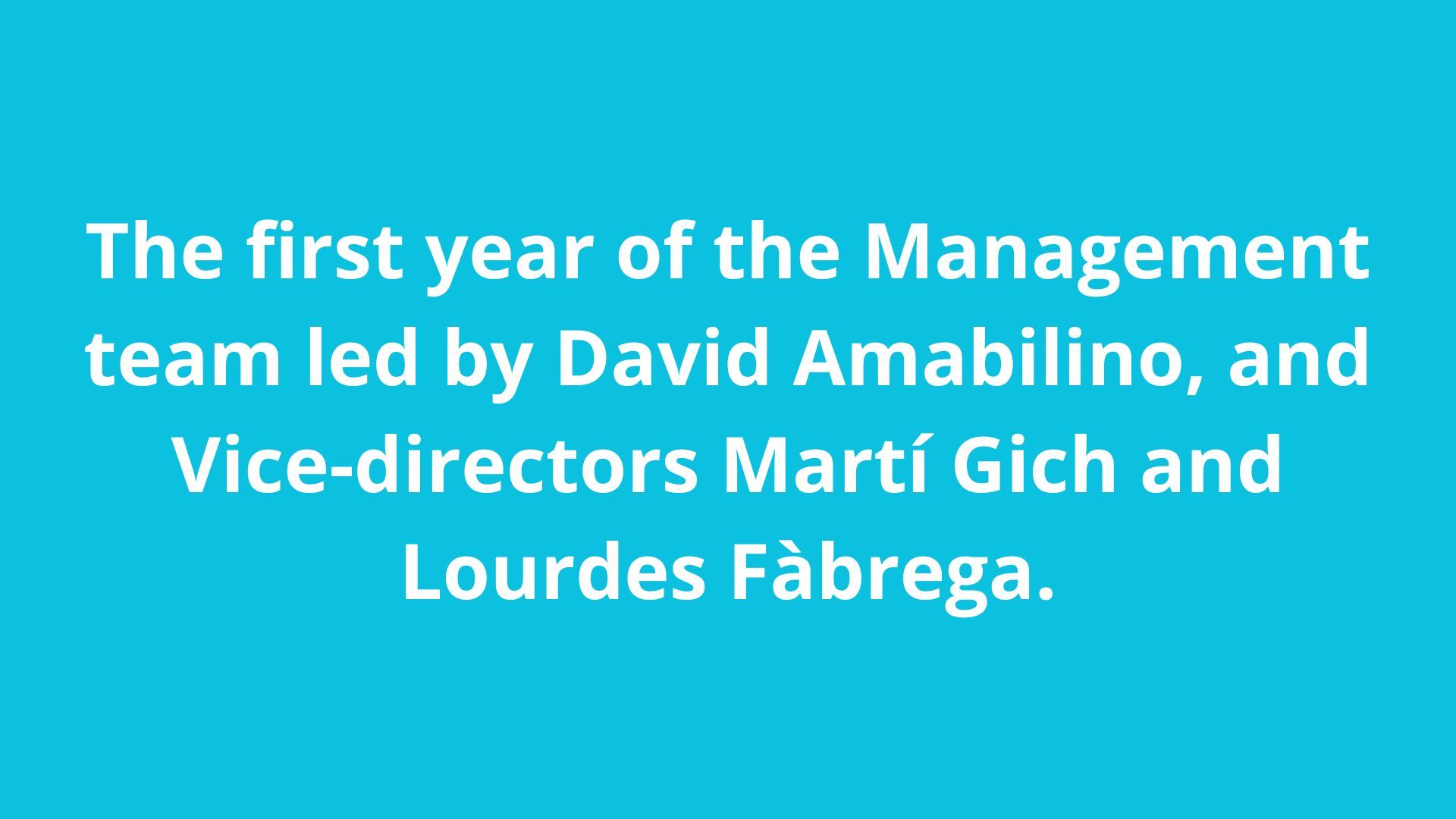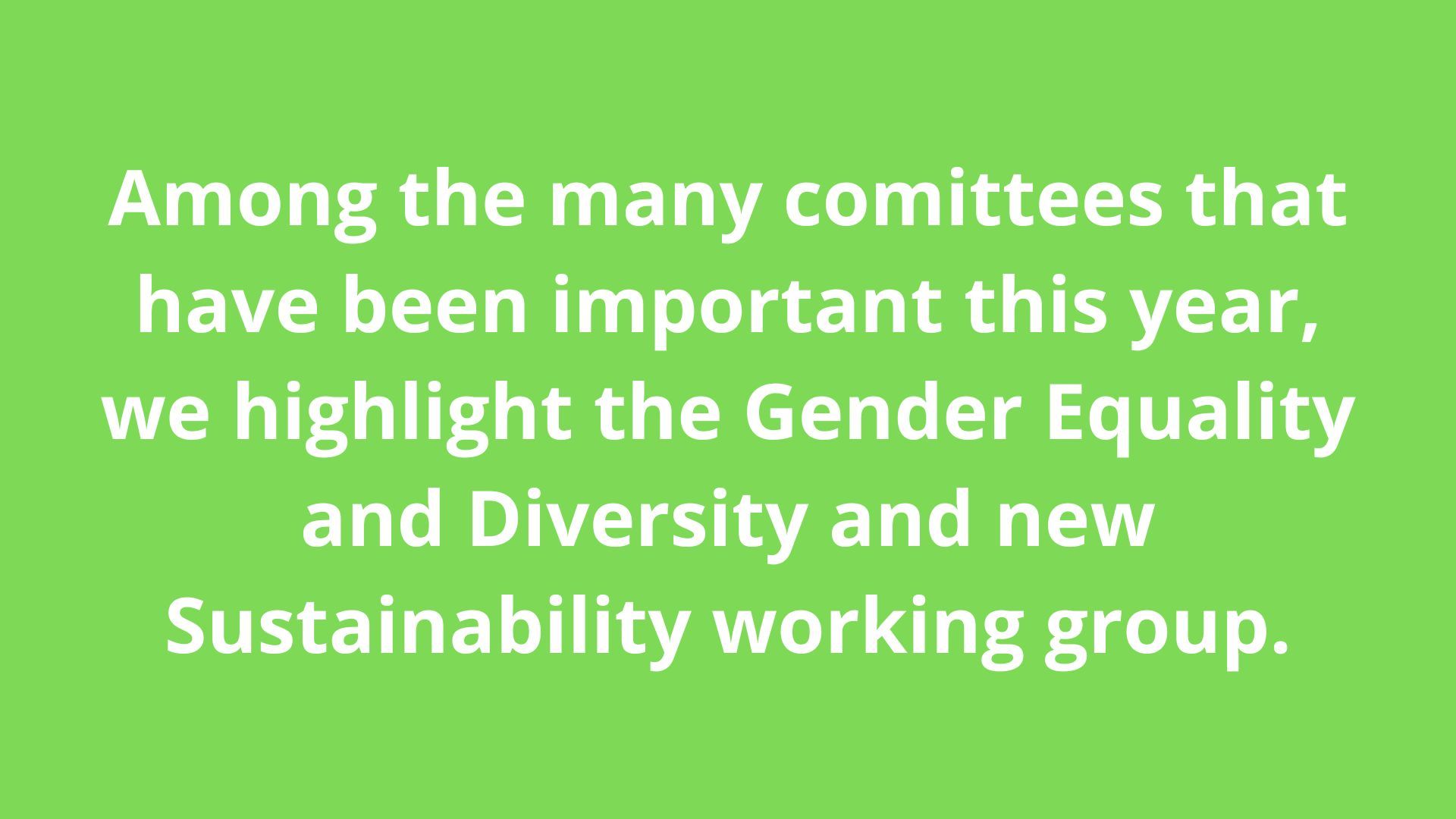Foreword
Welcome to the ICMAB Annual Report 2023.
In a year where change has led our Institute in a positive sense, here you will find some indications of where we are going.
The contents of this report show that, three and a half decades after its humble beginnings, the ICMAB is a vibrant, excellent, inclusive, diverse, rigorous, ambitious and exciting place where the very best materials science is performed.
In the selection of information and data, we present some of the most noteworthy research results that were made public, details of the money that makes us run, the people that comprise the centre, what we offer to the public and companies in terms of knowledge and technical capabilities, what our impact is and the most relevant news from 2023.
The report includes short summaries from activities in the 5 Research Lines included in our Strategic Plan, that will be reformulated soon. Among all the national, European and other projects that helped us achieve all the things that are shown here, our Severo Ochoa Center of Excellence – Smart FUNctional materials for a better FUTURE- (FUNFUTURE) – is perhaps the most influential overall. It has helped in shaping the ICMAB to what it is today. Prof. Rosa Palacín has been the motor of that project, which had its fourth and final full year in the period this report covers. We congratulate her for the selfless and brilliant work she did to make it a success.
This year also saw a change of the directorship of the Institute: We thank most deeply Prof. Xavier Obradors and his various vice-directors after serving in this position for the last 15 years, and for all the achievements made in that time, including guiding the centre´s first Severo Ochoa award. We can´t help but remember the Institute’s first Director, Prof. Carles Miravitlles, who sadly passed away in 2023.
The centre welcomed young postdoctoral researchers (La Caixa Junior, Juan de la Cierva, MSCA) as well as PhD fellows of hugely diverse origins. Our high level of internationalization in our staff remains enviable, from the more than 500 people working in the ICMAB over the course of the year, 39 % were non-Spanish coming from 47 countries. We celebrated the retirement of Prof. Josep Fontcuberta, who we are pleased is staying with us in an emeritus role. We keep very good gender balance (42 % women overall).
Indeed, the Gender Equality and Diversity Committee has been renewed and many activities were celebrated, including Pride month and the now regular Women in Science events. The Early Stage Researchers group have been encouragingly active, and we have inaugurated a Sustainability working group that have already carried out some interesting initiatives.
We are also very happy that several scientists from ICMAB have been recognized with different awards and distinctions, Prof. Mª Rosa Palacín with the “M. Catalan – P. Sabatier” Prize of the French Chemical Society as well as being named as a member of the Royal Academy of Arts and Sciences of Barcelona, Prof. Xavier Obradors with the Cryogenic Materials Award for Lifetime Achievements 202, and Prof. Jordi Rius with the Gold Medal of the Specialized Group of Crystallography (GE3C).
The success of the ICMAB in R&D fund raising improved again during 2023. The total budget of ICMAB increased, reaching the highest value ever achieved (over 19 M€), 62 % of which was competitive funding. The international competitiveness continues to be a highlight of ICMAB: ~ 48 % of our project funding comes from EU projects.
The ICMAB is part of several new initiatives promoting synergy with the ALBA synchrotron: METCAM (an advanced TEM platform) was inaugurated and is already working, the construction of the INCAEM facility is progressing well and a joint laboratory including synchrotron ancillary equipment in the scope of the CSIC PTI+ platform TRANS-ENER (both at ALBA synchrotron).
The report includes a summary of the major achievements made at ICMAB in three Strategic Priority Actions: Technology Transfer, Communication and Outreach and Training.
As an indicator of the progress in advancing the impact of our technology transfer activities we should mention that during 2023 two new ERC Proof-of-Concept projects were awarded, 6 priority patents were solicited, 1 patent was licensed and 21 Non-Disclosure Agreements were signed. Besides this, we have increased our participation in Catalan, Spanish and European innovation networks and national and international fairs.
Training activities are an essential part of the duties of ICMAB’s researchers. For that reason, several academic and transversal skills schools, workshops and a periodic seminar program are key activities in the scope of FUNFUTURE. In addition, we saw the start of our DOCFAM+ training programme, coordinated by the ICMAB, that will attract new PhD candidates to our centre.
Last, but not least, I would like to acknowledge the members of our Scientific Advisory Board for their support and constructive criticisms which have helped reformulate our future plan, that was detailed in the application for a new Severo Ochoa award, that was written in 2023 and was recently granted.
Everyone in the Institute should feel proud of the achievements we have reached in the last year: behind all the results presented here is a team of administrative staff that help the research projects run, and to get the funding in the first place, pre- and post-docs that do most of the experimental research in the labs, scientific technicians that run the state of the art equipment we have, the critical support staff that help the institute run on a day to day basis, and the senior scientists whose original ideas lead to the outcomes that are collected here. Cheers everyone!
David Amabilino, Lourdes Fàbrega & Martí Gich
Directorship team of the ICMAB






